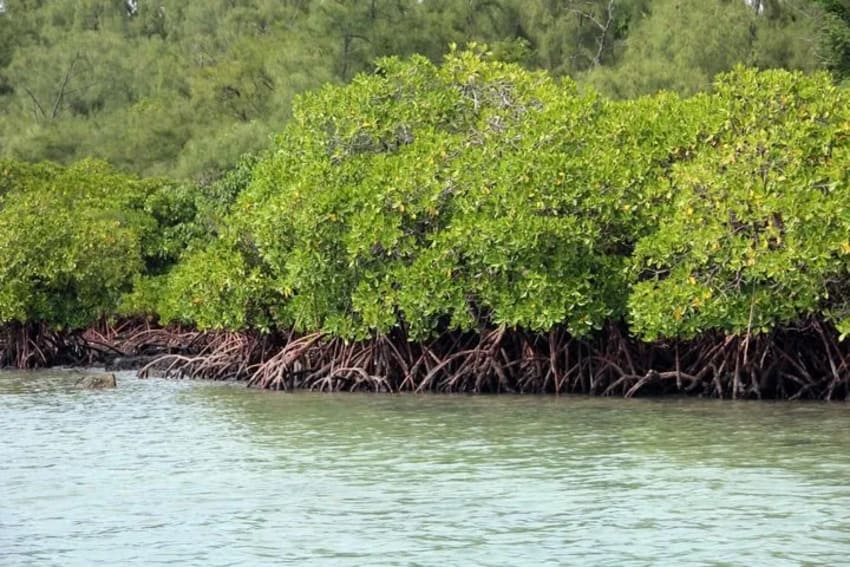Environment Science and technology
13
Ozone hole over tropical regions has been discovered to be huge and year-round.
- Rating
- tropical ozone
- ozone layer
- polar ozone
- ozone depleting
According to a Canadian researcher, an ozone hole, seven times larger than the Antarctic ozone hole, has been hanging above tropical regions since the 1980s.
A Canadian scientist, Qing-Bin Lu of the University of Waterloo in Ontario, has discovered a large, all-season ozone hole in the lower stratosphere over the tropics that is comparable in depth to that of the well-known springtime Antarctic hole, but its area is around seven times larger.
It's estimated that half the planet's surface area is covered by the tropics, which also house around half the world's people, says Lu. Tropical ozone holes have the potential to generate significant concern for the entire world's population. Humans are at greater risk of skin cancer and cataracts, as well as weakened immune systems and decreased agricultural output, as a result of the ozone layer's depletion, which can lead to an increase in ground-level UV radiation.
According to standard photochemical models, the ozone hole was not predicted by Lu. This surprised his contemporaries in the scientific world. According to his findings, a similar physical mechanism is at work in both Antarctic and tropical ozone holes, which is consistent with the CRE model. 80% of the usual ozone value can also be observed to be lost in the core of the tropical ozone hole, as with the polar ozone hole. These regions are already being exposed to UV radiation levels that are significantly larger than projected due to the rapid loss of ozone in these places.
Industrial chemicals, particularly chlorofluorocarbons, were suspected of depleting the earth's protective ozone layer in the mid-1970s, according to research conducted at that time (CFCs). The Antarctic ozone hole, first discovered in 1985, was conclusive evidence of ozone depletion due to CFCs. Such substances have been banned, but data suggests that the loss of ozone has continued despite this.
ozone holes in the tropical and polar regions have an important role in reducing and controlling stratospheric temperatures, according to Lu. A deeper understanding of global climate change, according to him, may depend on this finding.
Previously proposed CRE-initiated ozone-depleting mechanism was studied by Lu and his colleagues two decades ago.
According to Lu, "the present discovery calls for further thorough studies of ozone depletion, UV radiation alteration, higher cancer risks and other detrimental repercussions on health and ecosystems in tropical locations.
Leave a Reply
Your email address will not be published. Required fields are marked *


